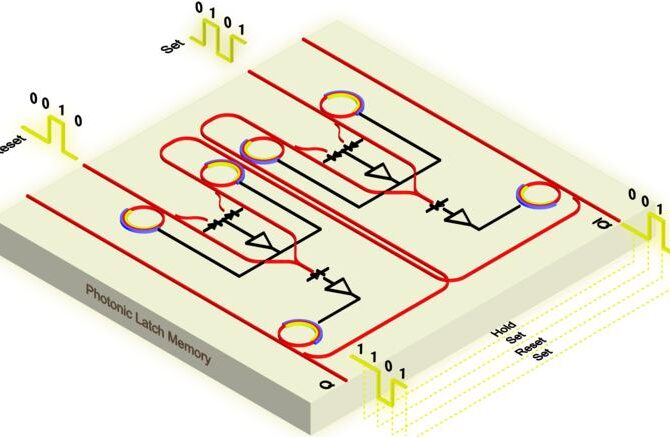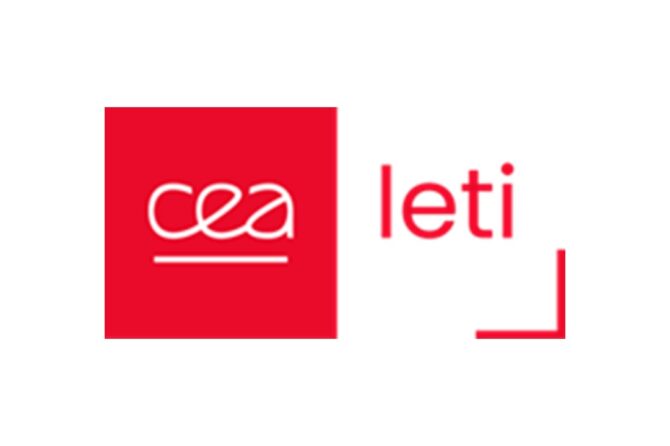An international team has developed a new method for generating quantum-entangled photons in a spectral range of light that was previously inaccessible.
The team has developed a new method for generating and detecting quantum-entangled photons at a wavelength of 2.1 micrometers. Current QKD technology uses entangled photons in the near-infrared range of 700 to 1550 nanometers. But at these wavelengths, photons are disturbed by light-absorbing gases in the atmosphere as well as the background radiation of the sun. Not easy for satellite communications during daytime.
For their experiment, the researchers used a nonlinear crystal made of lithium niobate. They sent ultrashort light pulses from a laser into the crystal and a nonlinear interaction produced the entangled photon pairs with the new wavelength of 2.1 micrometers.
The discovery can make the encryption of satellite-based communications much more secure in the future in daytime and at night.
The research results have been published in Science Advances. (Phys.org)



